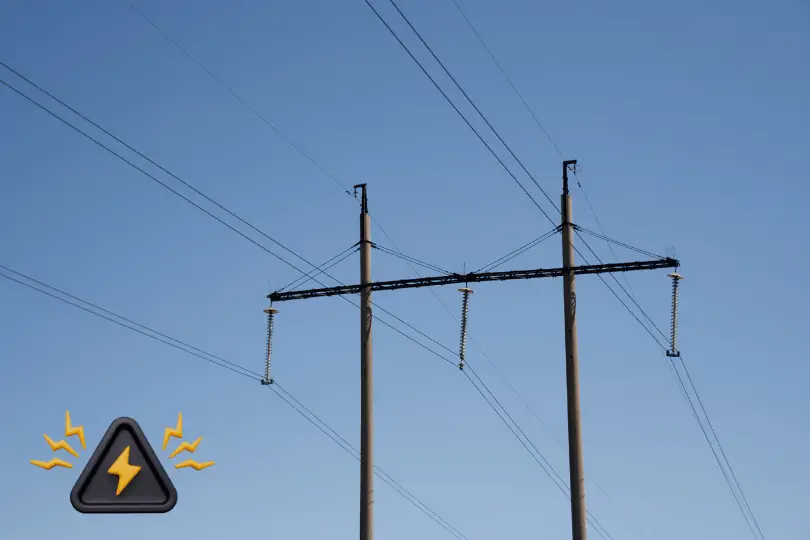Why are power lines sometimes called tension?
Voltage lines are occasionally referred to as “tension” due to historical and linguistic reasons within the field of electrical engineering. The term “tension” is rooted in the early understanding and use of electricity, where the force exerted by electric charges was likened to mechanical tension in a rope.

In the early days of electrical exploration, scientists and engineers drew parallels between the flow of electricity and the tension in a stretched wire. This analogy helped convey the concept that electrical energy, like tension in a rope, could be transmitted over distances. Over time, as electrical systems evolved and became more sophisticated, the term “tension” persisted in certain contexts, especially in regions where different languages influenced the terminology.
It’s important to note that while “tension” may be used colloquially, the more accurate and widely accepted term for the potential difference in electrical systems is “voltage.” Engineers and professionals consistently use “voltage” to describe the electric potential energy difference between two points in a circuit. The occasional use of “tension” is a nod to the historical roots of electrical terminology and serves as a reminder of the field’s fascinating development over the years.
What is LT, HT, EHT, Low Tension, High Tension, etc. ?
Voltage lines are often referred to as low tension, high tension, etc., based on the level of electrical potential they carry. This terminology is rooted in the electrical engineering field and serves to categorize power lines based on their voltage levels. Let’s break down these terms:
Low Tension (LT)
- Low tension lines typically carry lower voltage levels, commonly used for distributing electricity within residential and commercial areas.
- LT lines are designed to handle the relatively lower electrical potential required for powering everyday appliances, lighting, and other household or small-scale equipment.
- LT lines typically carry 230V or 440V,voltages that do not exceed 1000V (1kV)
High Tension (HT)
- High tension lines, on the other hand, carry higher voltage levels than low tension lines.
- These lines are crucial for transmitting electricity over longer distances, such as from power plants to substations, where the voltage may need to be stepped down for local distribution.
- HT lines operate at voltages ranging from 11kV to 33kV
Medium Tension (MT) and Very High Tension (VHT)
- In some regions or industries, additional categories like medium tension and very high tension may be used to further specify voltage levels.
Extra High Tension (EHT)
- Beyond high tension, there is a category known as extra high tension lines, which transmit electricity over extremely long distances, often across regions or countries.
- EHT lines operate at even higher voltage levels, reducing energy losses during transmission and enabling efficient long-distance power transfer.
- EHT refers to voltages exceeding 33kV like 66kV, 110kV, 220kV, and similar standard high voltage ratings.
These classifications help electrical engineers and utility providers communicate effectively about the capabilities and purposes of different power lines. By understanding whether a line is low tension, high tension, or another category, professionals can make informed decisions about the design, maintenance, and operation of electrical systems to ensure safe and reliable power distribution.